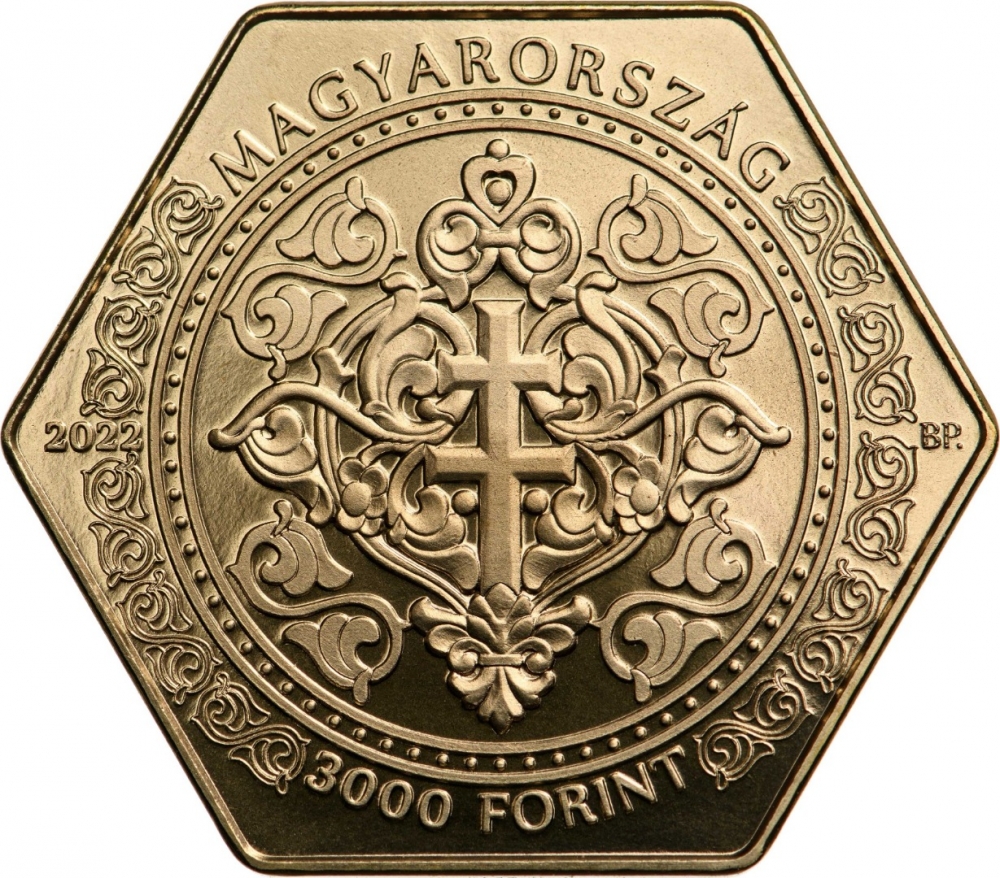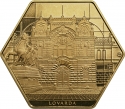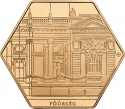You are about to finish your registration. Please check your mailbox (including spam folder). There should be a letter with a confirmation link. Check setting to make sure that your e-mail address is correct.
Send letter againDescription
In 2019, the National Hauszmann Program was initiated to restore the Buda Castle Quarter's historic appearance, as envisioned by architect Alajos Hauszmann at the turn of the 19th and 20th centuries, highlighting Hungary's rich intellectual and cultural heritage. As part of this initiative, the St. Stephen's Hall, a splendid historical chamber showcasing the pinnacle of Hungarian applied arts, was meticulously restored. Originally proposed by Vilmos Zsolnay for the Royal Palace's expansion, Hauszmann embraced this vision and created three historical halls honoring great Hungarian monarchs. The neo-Romanesque and Hungarian Art Nouveau-style St. Stephen's Hall commemorates the House of Árpád, featuring work from renowned artists and craftsmen of the era. The hall's intricately inlaid parquet floors, wooden paneled walls, unique curtains and furniture, and stunning Zsolnay ceramics are considered independent works of art. The hall received international acclaim at the 1900 Paris World's Fair.
Located in the southern connecting wing of the Buda Castle, St. Stephen's Hall is an architectural gem. Its interior design is primarily Romanesque with Hungarian ornamental elements. Hauszmann collaborated with leading Hungarian artisans, including Endre Thék, Alajos Strobl, and Gyula Jungfer, to create this masterpiece of applied arts. The central feature, a monumental pyrogranite fireplace, was crafted at the Zsolnay Vilmos factory.
Though completely destroyed during World War II, the hall has been faithfully reconstructed by hundreds of experts in recent years. The restored St. Stephen's Hall, identical to the original, was opened to visitors on August 20, 2021.
Engraver: Zoltán Endrődy
Obverse

|
Depicts a detail of the Zsolnay fireplace, the defining element of the St. Stephen's Hall, showcasing a bust of St. Stephen at the center. The motif begins at the edges with blueprint-like lines, transitioning towards the center into higher relief, symbolizing the realization of the plans. Below the central motif is the inscription "Saint Stephen's Hall." The privy mark of the engraver is at the bottom right. SZENT ISTVÁN-TEREM |
|---|---|
Reverse

|
Depicts a detail of the tapestry in the restored St. Stephen's Hall as part of the National Hauszmann Program, featuring the apostolic double cross in the center surrounded by other decorative motifs of the tapestry. Along the edge, in a semicircular inscription, "HUNGARY" is positioned at the top, with the denomination and "FORINT" inscription below it. On the left side, the year of issue "2022" interrupts the decorative motif, while the mint mark "BP." is placed on the right side. MAGYARORSZÁG |
| Edge |
3000 Forint
National Hauszmann Programme
Saint Stephen's Hall
Subscribe series
Adamo# EM461
National Hauszmann Programme
Saint Stephen's Hall
Characteristics
| Type | Commemorative Issue (Non-circulating) |
| Material | Nordic Gold |
| Weight | 20 g |
| Diameter | 37.18 mm |
| Thickness | - |
| Shape |
|
| Sides | 6 |
| Alignment | Medal |
| Mint |
Budapest Mint (BP)
|





